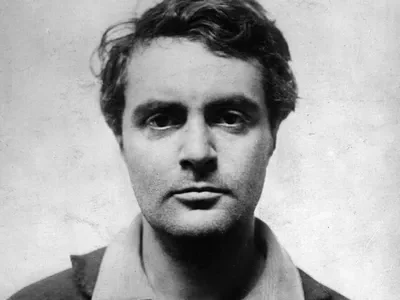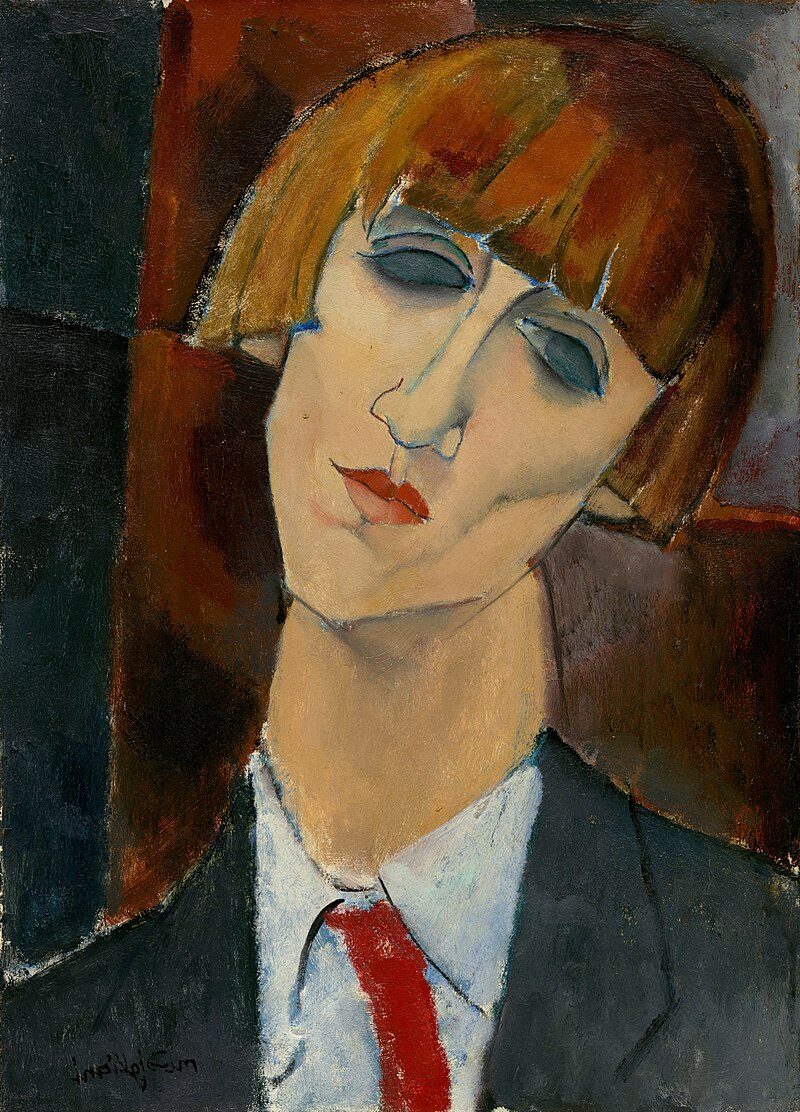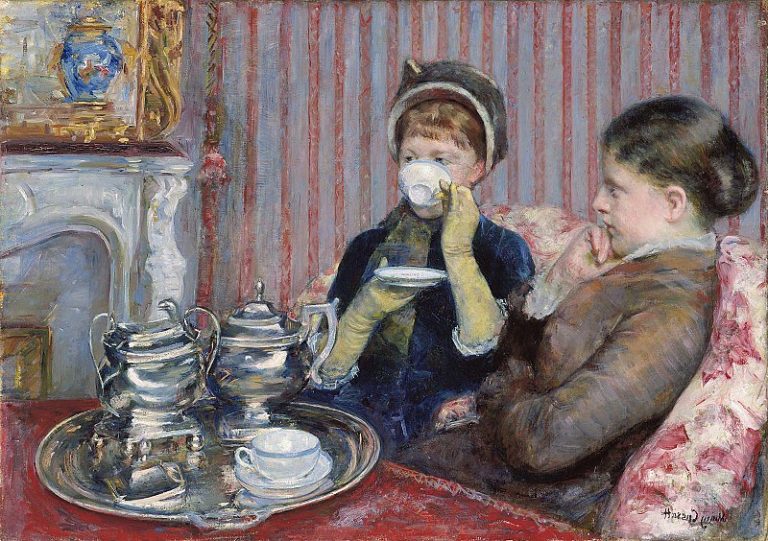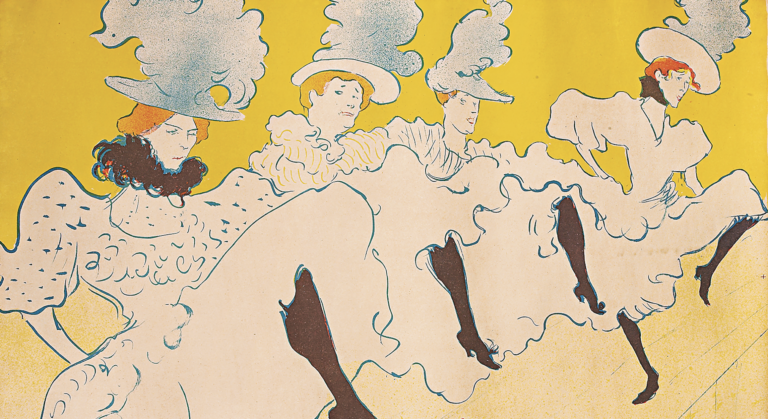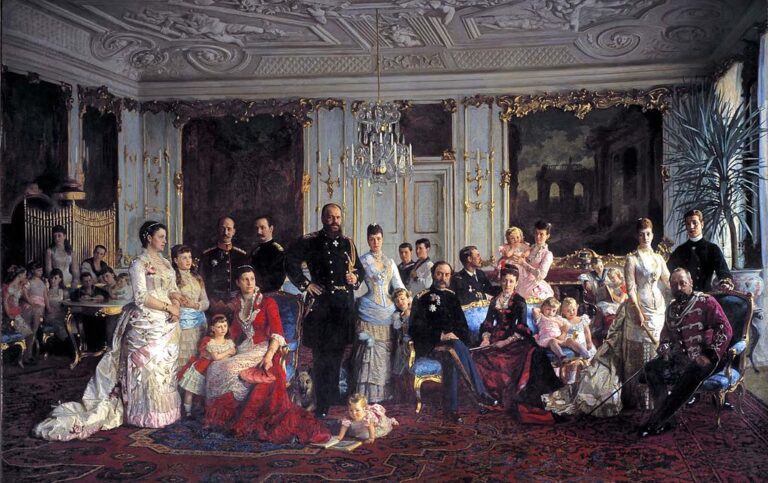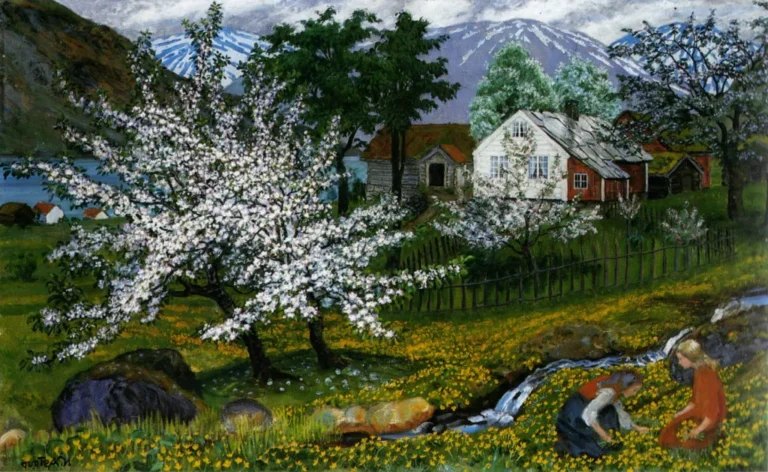Amedeo Modigliani: Painter Who Revolutionized Modern Art
Born: 12 July 1884, Livorno, Kingdom of Italy
Death: 24 January 1920, Paris, France
Art Movement: Expressionism
Nationality: Italian
Teacher: Guglielmo Micheli
Institution: Accademia di Belle Arti di Firenze
Amedeo Modigliani: Painter Who Revolutionized Modern Art
Life and Works of Amedeo Modigliani
Amedeo Modigliani was an Italian painter and sculptor. His distinctive works are characterized by elongated figures and faces. Although his career was brief due to his early death at 35, he produced a significant body of work that continues to influence art today.
Early Life and Training
Amedeo Modigliani was born on July 12, 1884, in Livorno, Italy, to a Sephardic Jewish family. His mother introduced him to art during his childhood illnesses, including tuberculosis, which affected him throughout his life.
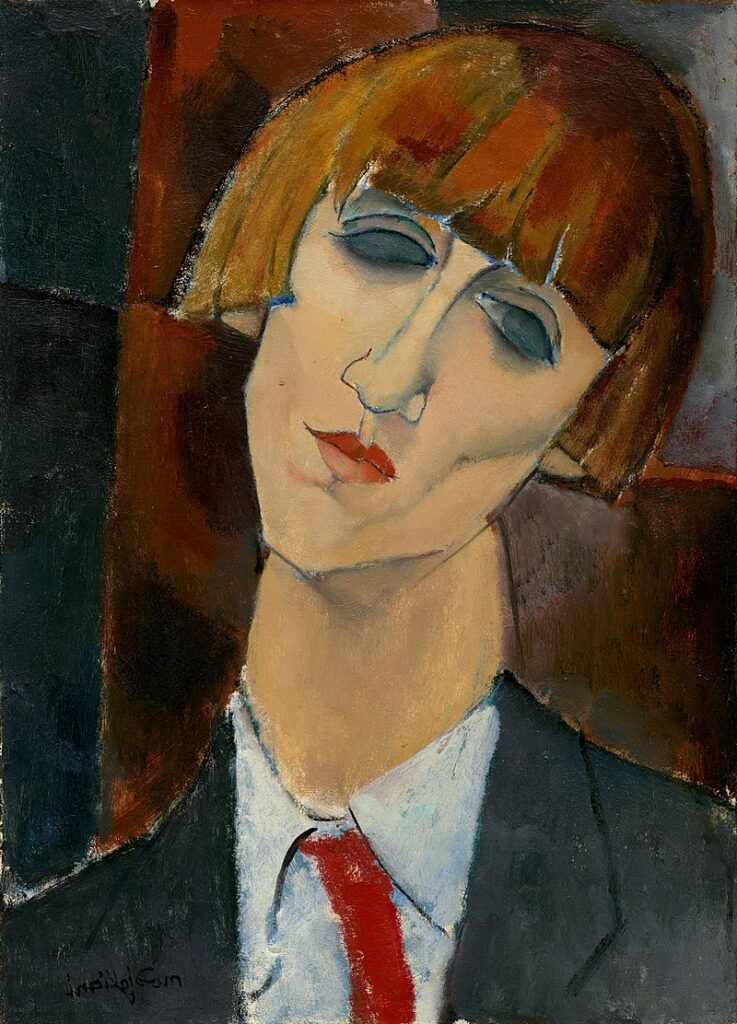
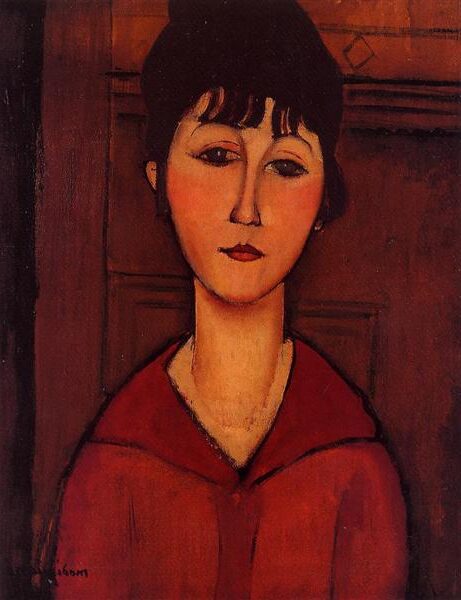
He began his formal art training in Italy, studying in Florence in 1902 and Venice in 1903. His early work showed influences of Renaissance masters and the Macchiaioli, an Italian impressionist group.
In 1906, Modigliani moved to Paris, the center of the avant-garde art world. There he met influential artists including Pablo Picasso and Constantin Brâncuși. The vibrant Montmartre and Montparnasse neighborhoods became his home, where he developed his distinctive style while struggling with poverty and health issues.
Career Development and Major Works
Modigliani initially focused on sculpture from 1909 to 1914, creating elongated heads influenced by African masks and Cycladic art. He abandoned sculpture partly due to his declining health and materials cost.
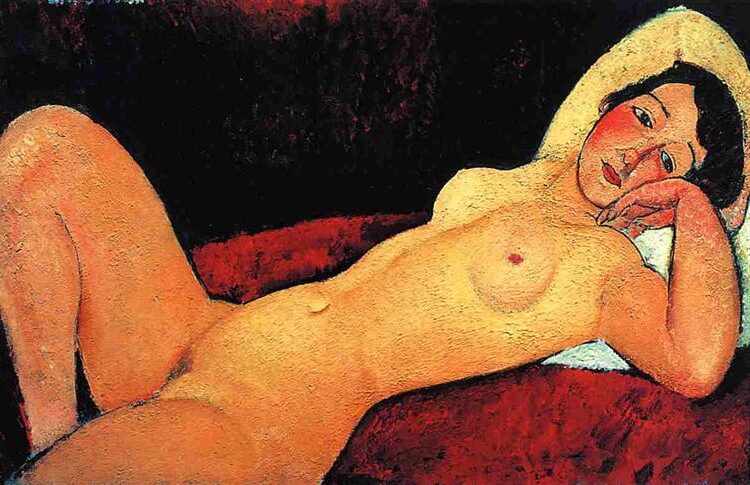
Reclining Nude (La Rêveuse), 1917 by Amedeo Modigliani
From 1915, he concentrated on painting portraits and nudes. His 1917 solo exhibition at Berthe Weill’s gallery became notorious when police closed it due to his nude paintings, which they considered indecent.
His most recognized works include:
- Portrait of Jeanne Hébuterne (1918)
- Reclining Nude (1917)
- Portrait of Lunia Czechowska (1918)
Despite creating approximately 300 paintings, Modigliani achieved little commercial success during his lifetime. He died on January 24, 1920, from tubercular meningitis, with his partner Jeanne Hébuterne committing suicide two days later.
Artistic Style and Techniques
Modigliani developed a highly personal style characterized by elongated forms, asymmetrical compositions, and simplified features. His portraits often feature almond-shaped eyes, elongated necks, and mask-like faces.
His palette was typically subdued, using earthy tones of ochre, brick red, and blue-gray. He applied paint thinly and worked quickly, rarely making preliminary sketches.
Unlike many contemporaries, Modigliani didn’t embrace cubism or futurism fully. Instead, he created his distinctive approach that balanced modernism with classical influences. His figures appear both timeless and contemporary.
His nudes demonstrate his exceptional ability to convey sensuality through simplified forms and graceful lines. These works balance formal innovation with deep humanity, showing his subjects with dignity despite their vulnerability.
Influences and Contemporaries
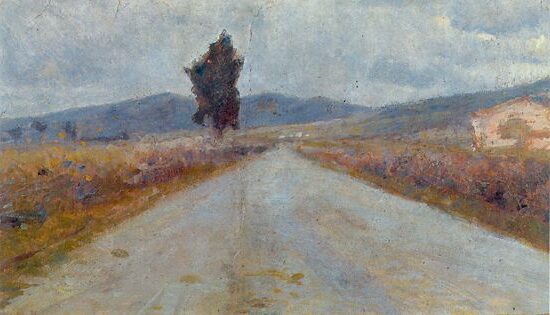
The Tuscan Road, 1899, by Amedeo Modigliani
Modigliani’s artistic style developed through a rich tapestry of cultural influences and personal connections. His unique vision was shaped by his Italian heritage, the vibrant Parisian art scene, and meaningful relationships with fellow artists.
Role of Heritage and Culture
Modigliani’s Italian roots profoundly impacted his artistic development. Born to a Sephardic Jewish family in Livorno, Italy, he carried this cultural heritage throughout his career.
His early training in Italy exposed him to Renaissance masters whose influence appears in his elongated figures and balanced compositions. This classical foundation merged with his interest in African masks and Cycladic art.
The sculptures of ancient civilizations particularly fascinated him. Their simplified forms and geometric patterns inspired his distinctive portraiture style with elongated necks and almond-shaped eyes.
Despite living primarily in Paris, Modigliani never abandoned his Italian identity. His Mediterranean sensibility brought warmth and emotional depth to his work, setting him apart from many of his French contemporaries.
Interaction with Parisian Avant-Garde
Upon arriving in Paris in 1906, Modigliani immersed himself in the city’s thriving artistic community. He settled in Montmartre and later Montparnasse, neighborhoods teeming with experimental artists.
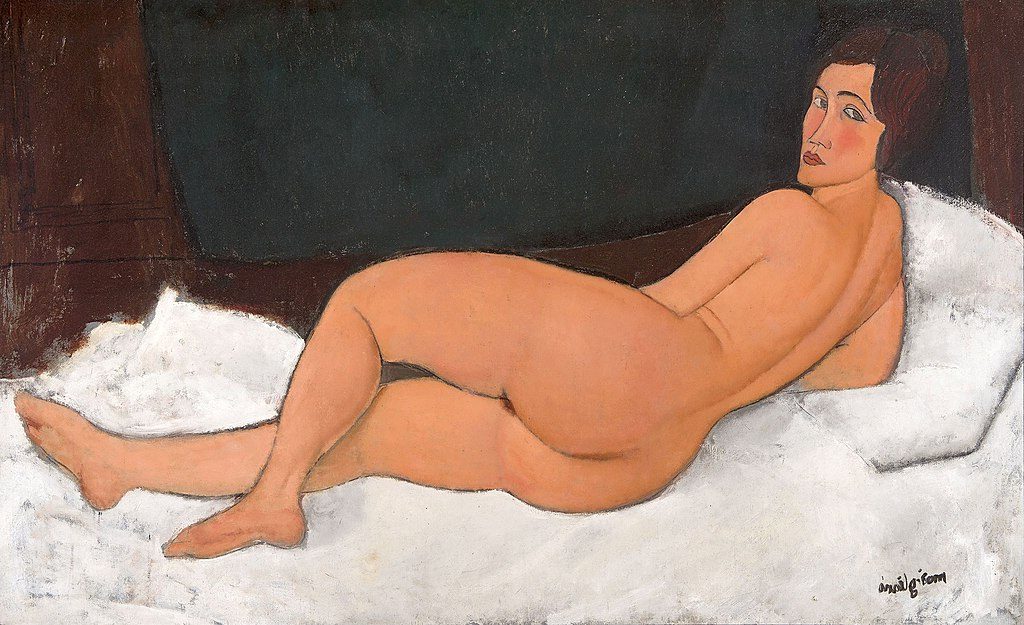
Lying Nude, 1917, by Amedeo Modigliani
The prevailing movements—Cubism, Fauvism, and Expressionism—influenced his evolving style. He absorbed elements from each while maintaining his distinctive vision.
Modigliani frequented cafés like La Rotonde and Le Dôme, crucial gathering spots for sharing ideas. These establishments served as informal salons where artistic theories were debated.
His studio at La Ruche (“The Beehive”) placed him among international artists seeking innovation. Though he participated in few exhibitions during his lifetime, Modigliani was recognized within these artistic circles.
Relationship with Other Artists
Modigliani formed significant connections with prominent artists of his era. His close friendship with Constantin Brâncuși proved especially influential for his brief sculptural period.
He developed a complicated relationship with Pablo Picasso, marked by mutual respect but also rivalry. Their differing approaches to form and representation created an interesting artistic dialogue.
Modigliani painted portraits of many fellow artists, including Juan Gris, Pablo Picasso, and Jacques Lipchitz. These works reveal both his artistic style and personal connections.
His romance with painter Jeanne Hébuterne resulted in mutual artistic influence. Their relationship, though tragically short, produced some of his most emotionally resonant works.
Despite his reputation as difficult and temperamental, Modigliani maintained a network of loyal friends within the art community who supported his work and recognized his genius.
Legacy and Recognition
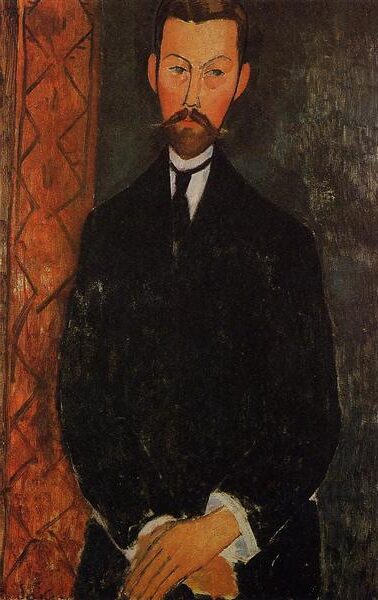
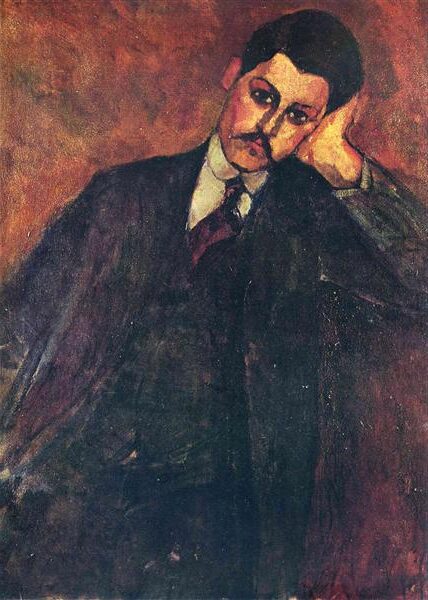
Amedeo Modigliani’s artistic importance grew significantly after his death in 1920. His distinctive elongated portraits and nudes have become iconic in art history, with his works now commanding millions at auctions.
Posthumous Exhibitions
The first major posthumous exhibition of Modigliani’s work occurred at the 1922 Venice Biennale, marking the beginning of his critical recognition. In 1951, the Museum of Modern Art in New York held a substantial retrospective that helped cement his international reputation.
The Tate Modern’s 2017-2018 exhibition became one of the most comprehensive displays of his work, attracting over 450,000 visitors. Paris’s Musée de l’Orangerie hosted “Modigliani: A Unique Vision” in 2020, commemorating the centenary of his death.
His work is now prominently featured in major collections worldwide, including the Metropolitan Museum of Art, Centre Pompidou, and the Guggenheim Museum.
Influence on Modern Art
Modigliani’s distinctive style influenced numerous artists throughout the 20th century. His elongated figures and simplified facial features inspired aspects of Art Deco portraiture in the 1920s and 1930s.
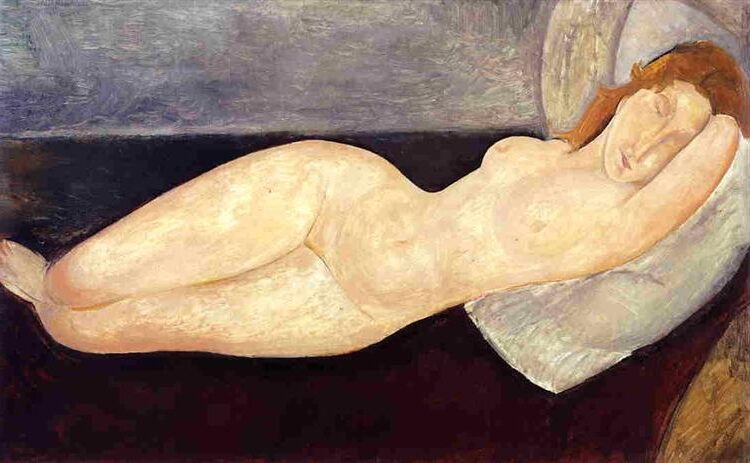
Reclining Nude with Head Resting on Right Arm (1919)
Contemporary artists like Elizabeth Peyton and Chantal Joffe have acknowledged Modigliani’s influence on their portrait work. His distinctive approach to representation—balancing abstraction with recognizable form—created a bridge between traditional portraiture and modernist experimentation.
The “Modigliani look” has permeated visual culture beyond fine art. His aesthetic has influenced fashion photography, graphic design, and even digital art in the 21st century.
His treatment of the nude, once controversial, helped reshape artistic approaches to depicting the human form with dignity and modern sensibility.
Frequently Asked Questions
Modigliani’s distinctive artistic style and tumultuous life have generated significant interest and curiosity among art enthusiasts. His unique approach to portraiture and sculpture continues to fascinate scholars and collectors worldwide.
What stylistic elements characterize Amedeo Modigliani’s portraiture work?
Modigliani’s portraits feature elongated faces, almond-shaped eyes, and long necks that create his instantly recognizable style. He often simplified facial features, using minimal details and clean lines.
His figures typically have blank or empty eyes, giving them a mask-like quality that draws from African and Cycladic influences. The color palette in his portraits tends toward warm earth tones, ochres, and deep reds.
Modigliani rarely included backgrounds or contextual elements, instead focusing entirely on the subject against simple, flat backgrounds. This approach created intimate, psychologically intense portraits that captured the essence rather than exact likeness of his subjects.
How did Amedeo Modigliani contribute to the development of modern art?
Modigliani bridged several art movements, incorporating elements of Cubism, Expressionism, and primitive art into his unique style. His work helped establish portraiture as a vehicle for modernist experimentation.
He rejected academic traditions while maintaining a commitment to figuration when many contemporaries moved toward abstraction. This balance created a distinctive path in modern art.
Modigliani’s sculpture work, though limited, demonstrated important influences from primitive art that would later impact sculptors of the modernist movement. His artistic approach emphasized emotional and psychological aspects of his subjects over technical precision.
What was the influence of Modigliani’s health and personal life on his artwork?
Modigliani’s childhood illnesses, including typhoid fever and tuberculosis, forced long periods of isolation that influenced his introspective artistic approach. His ongoing battle with tuberculosis created a sense of urgency in his work.
His bohemian lifestyle in Paris, marked by poverty, alcohol, and drug use, affected both his productivity and the intensity of his artistic expression. The emotional turbulence of his relationship with Jeanne Hébuterne appears in the tenderness of his portraits of her.
Despite physical suffering, Modigliani maintained a disciplined work ethic, creating art that rarely depicted his personal struggles directly. Instead, his physical limitations may have contributed to his focus on portraiture rather than more physically demanding large-scale works.
How has Amedeo Modigliani’s legacy impacted contemporary artists?
Modigliani’s simplified approach to human figures has influenced generations of portrait artists seeking to capture psychological essence over physical detail. His elongated forms can be seen echoed in works by numerous contemporary figurative painters.
The record-breaking prices his paintings have achieved at auction have helped elevate the status of portraiture in the art market. Many artists have studied his techniques for creating emotional intensity through minimal means.
His integration of non-Western artistic influences provided a model for respectful cultural synthesis that continues to inspire artists today. Modigliani’s ability to create a distinctive personal style remains a touchstone for artists developing their own visual language.
What were the main themes and subjects present in Modigliani’s paintings?
Modigliani primarily focused on portraiture and nude figures, exploring human form and personality throughout his career. His subjects were often friends, lovers, patrons, and fellow artists from his Parisian circle.
Female nudes formed an important part of his work, portrayed with a sense of dignity and independence rather than simply as objects of desire. These paintings celebrated the human form with elongated proportions and simplified features.
His portraits reveal an interest in the inner life of his subjects, suggesting personalities beyond the physical appearance. Modigliani rarely painted landscapes or still lifes, maintaining his concentration on the human figure almost exclusively.
How did Amedeo Modigliani’s time in Paris shape his approach to art and his technique?
Moving to Paris in 1906 exposed Modigliani to avant-garde movements and critical artistic influences that transformed his work. His friendships with artists like Pablo Picasso, Constantin Brâncuși, and Juan Gris provided intellectual stimulation and artistic exchange.
The vibrant Montparnasse art scene allowed him to absorb diverse influences from African art to Cubism.
His sculptural work, primarily created between 1909 and 1914, developed directly from his exposure to primitive art collections in Paris.
Despite financial struggles in Paris, Modigliani found supportive patrons and dealers like Paul Guillaume and Léopold Zborowski who enabled him to continue working. The city’s bohemian atmosphere encouraged his artistic experimentation while also contributing to the lifestyle excesses that affected his health.


